Is Padel More Social Than Tennis? Let’s Talk About It
Alright, let’s cut to the chase. You’re wondering whether padel is more social than tennis. And, spoiler alert, the short answer is yes, padel is widely considered more social. But hang tight, because this isn’t just some random opinion floating around the internet—there are a few key reasons why padel wins on the social front, and I’ll walk you through them.
The Vibe: Why Padel Feels Different from Tennis
Let’s start with the atmosphere on the court. If you’ve ever played both sports, you’ve probably noticed a difference in the vibe between a padel match and a tennis match. Tennis can feel a bit more... well, serious. There’s a reason for that. Tennis is a one-on-one (or two-on-two) sport where intense focus and precision matter. You’re usually separated by a vast court, and there’s less opportunity for chatter between players during the game.
Padel, on the other hand, is designed for interaction. Played in a smaller, enclosed space, you’re in much closer proximity to your partner and your opponents. That means more banter, more jokes, more laughter, and yes, sometimes a bit more trash talk—especially if you’re playing casually with friends. It feels like you’re in the game together, and that naturally breeds a sense of camaraderie that you don’t often see in tennis.

Teamwork Makes the Dream Work
One of the biggest differences between padel and tennis is the team dynamic. Padel is almost exclusively played as doubles, meaning you’re constantly relying on your partner. It’s not just about hitting a great shot, it’s about setting up the rally so your partner can smash it home. This element of teamwork forces communication and connection, whether you’re signaling where to stand, or sharing a high five after a killer point.
In tennis, doubles exist too, but the focus is often on individual performance—the spotlight is split between players. You don’t have that same need to communicate every step of the way. In padel, you’re strategizing, laughing, and adjusting on the fly. In a way, padel forces you to be social; you need to talk, connect, and collaborate.
The Accessibility Factor
Here’s another key point—padel is easier to pick up than tennis, which makes it more accessible. You don’t have to spend months perfecting your serve or learning tricky topspin techniques before you can have fun. With padel, the barrier to entry is much lower. That means more people are willing to jump in and play, which naturally leads to a more open and social environment.
Tennis can be intimidating if you’re a beginner. If you’ve ever found yourself chasing balls into the next court because your timing was off, you know the struggle. It’s not exactly the most inviting sport for newcomers. Padel, with its smaller court and simpler techniques, makes it easier for players of all levels to have a good time, and that inclusiveness translates into a more social experience.
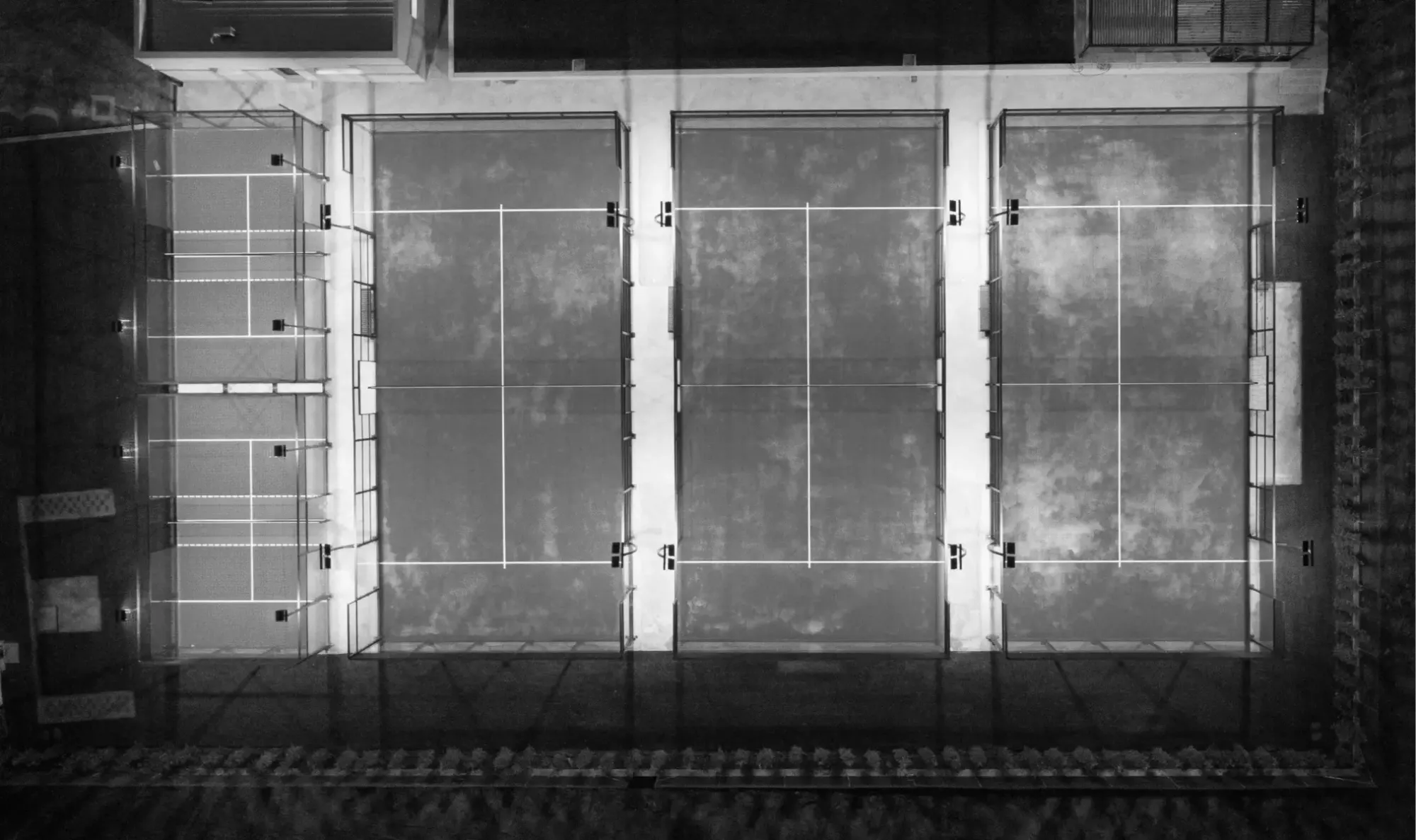
Court Design: A Game-Changer for Interaction
The court design itself plays a huge role in the social dynamics of padel. Unlike tennis, where the court is wide and long, a padel court is enclosed, which keeps the ball in play much longer. This naturally slows down the pace of the game, giving players more opportunities to connect between points. The smaller space also means players are physically closer, making it easier to interact—whether you’re calling out to your partner or sharing a laugh with your opponents.
In tennis, with the larger court and faster pace, you’re more likely to spend time focused on the game and less time interacting with your fellow players. In padel, even during intense rallies, there’s more room for lighthearted moments, which adds to the sport’s social appeal.
It’s Not Just the Game—It’s the Culture
There’s something to be said about the culture surrounding padel. Often played in social settings—whether it’s after work with colleagues or at a club on the weekend—padel matches tend to be more laid-back. Yes, there are competitive tournaments, but the average game is more about having fun than anything else. Padel courts are often found near social hubs, like clubhouses or bars, where players grab drinks and hang out after the match. That casual, social element is baked into the sport itself.
Tennis, in contrast, is rooted in a more traditional, often formal environment. Think Wimbledon, all-white attire, and etiquette on the court. That’s not to say tennis can’t be fun and social, but the sport’s culture often leans toward formality, especially at the higher levels. Padel, by contrast, has a more relaxed, communal vibe from the get-go.
The Role of Tournaments and Clubs
Now, let’s talk about clubs and tournaments. Padel clubs tend to focus on group events, often mixing in social activities like barbecues or post-match drinks. These events foster a sense of community among players, making it easier to meet new people and build connections.
Padel tournaments are also more accessible. They’re often organized in a way that encourages participation from players of all levels, meaning you’re just as likely to find casual weekend warriors playing as you are seasoned pros. The double format means there’s always a partner to back you up, which can be a confidence boost for those less experienced in competitive environments.
In tennis, tournaments can feel more isolating. If you’re playing singles, it’s all on you, and that can lead to a much more intense, less social experience. Sure, doubles tournaments exist, but they’re far less common.
Is Padel Really the Winner in the Social Department?
At the end of the day, padel’s combination of teamwork, accessibility, and culture makes it a more social sport than tennis. There’s a reason why padel courts are often full of laughter, friendly banter, and post-match hangouts. It’s a sport built for connection, and it shows in the way people play and interact with each other on and off the court.
Tennis has its own social side, but it doesn’t quite stack up in the same way. Tennis is a sport of focus, skill, and often intense concentration. It can be social, sure, but it’s not baked into the experience the way it is with padel. Padel wins here, hands down.
Frequently Asked Questions
Why is padel more social than tennis?
Padel’s smaller court, doubles format, and casual culture make it easier for players to interact and connect, creating a more social experience.
Can tennis be social too?
Yes, tennis can be social, especially in doubles matches or club settings, but the game’s structure and culture don’t encourage as much interaction as padel.
Is padel easier to play than tennis?
Padel has a lower learning curve, making it easier for beginners to pick up, which contributes to its more inclusive and social atmosphere.
Do padel clubs encourage social interaction?
Yes, padel clubs often host social events and group tournaments, creating a community atmosphere that goes beyond the game itself.
Which sport is better for beginners, tennis or padel?
Padel is generally more beginner-friendly, thanks to its smaller court, simpler techniques, and inclusive culture.
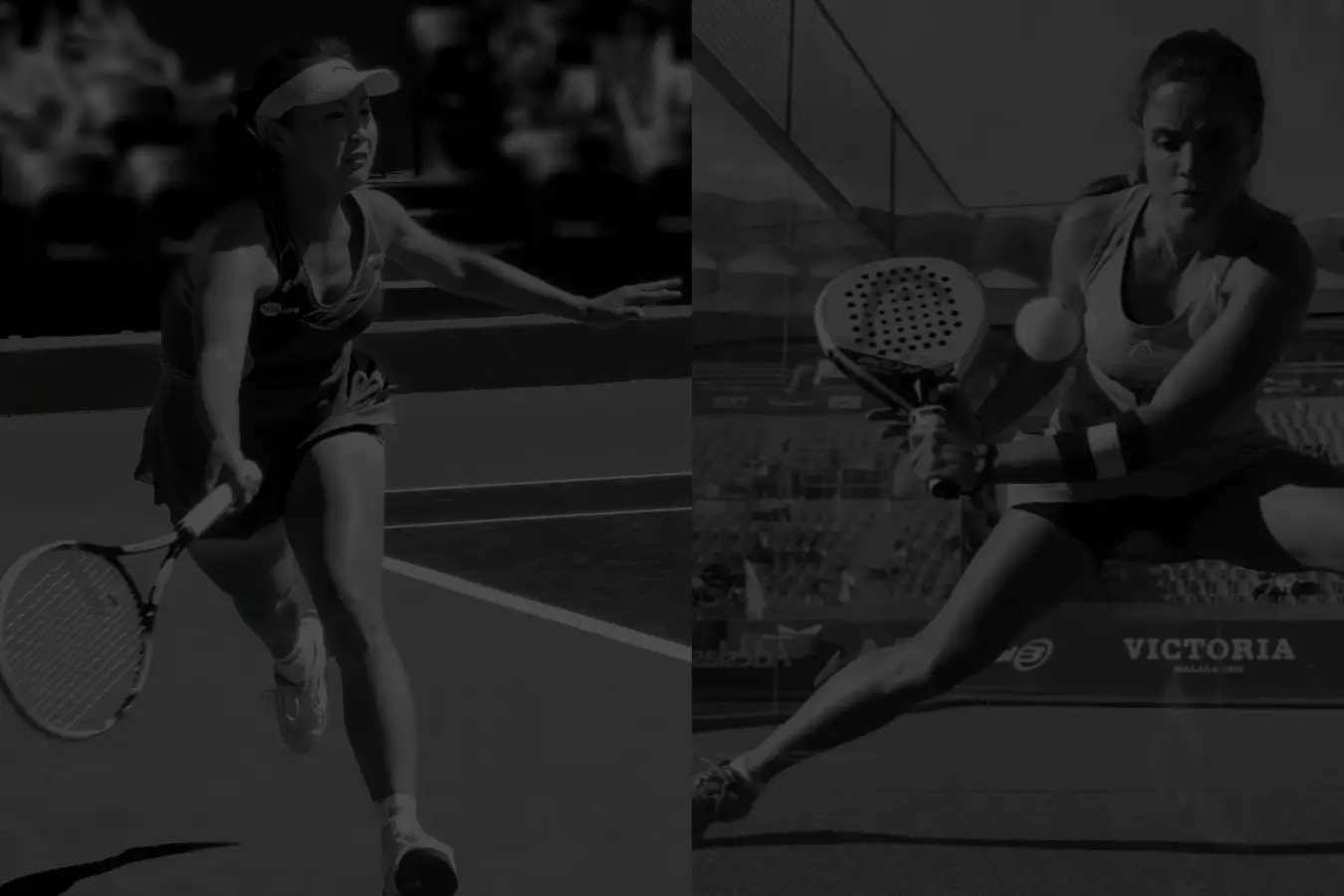
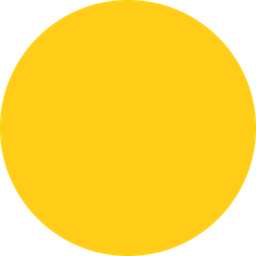

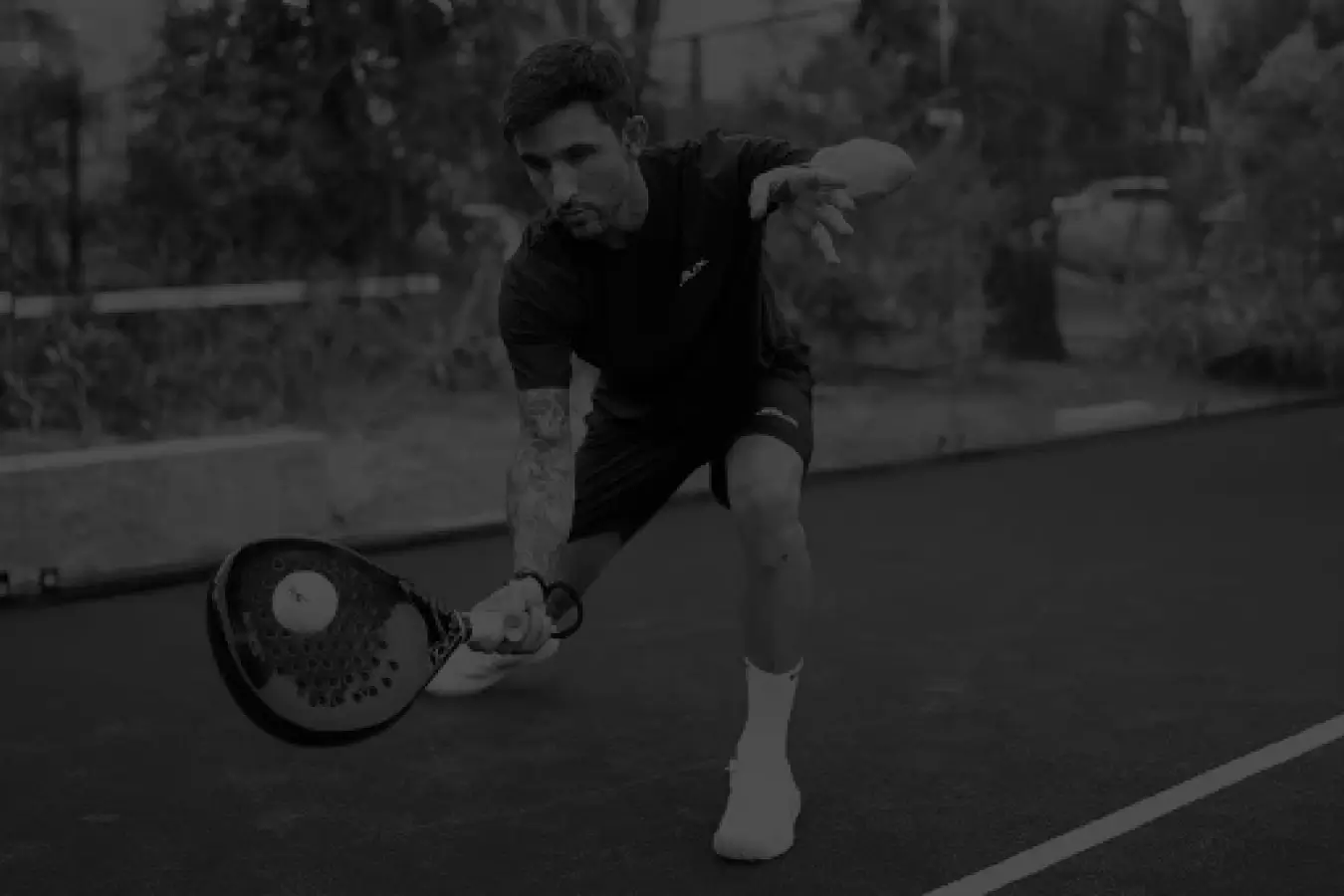
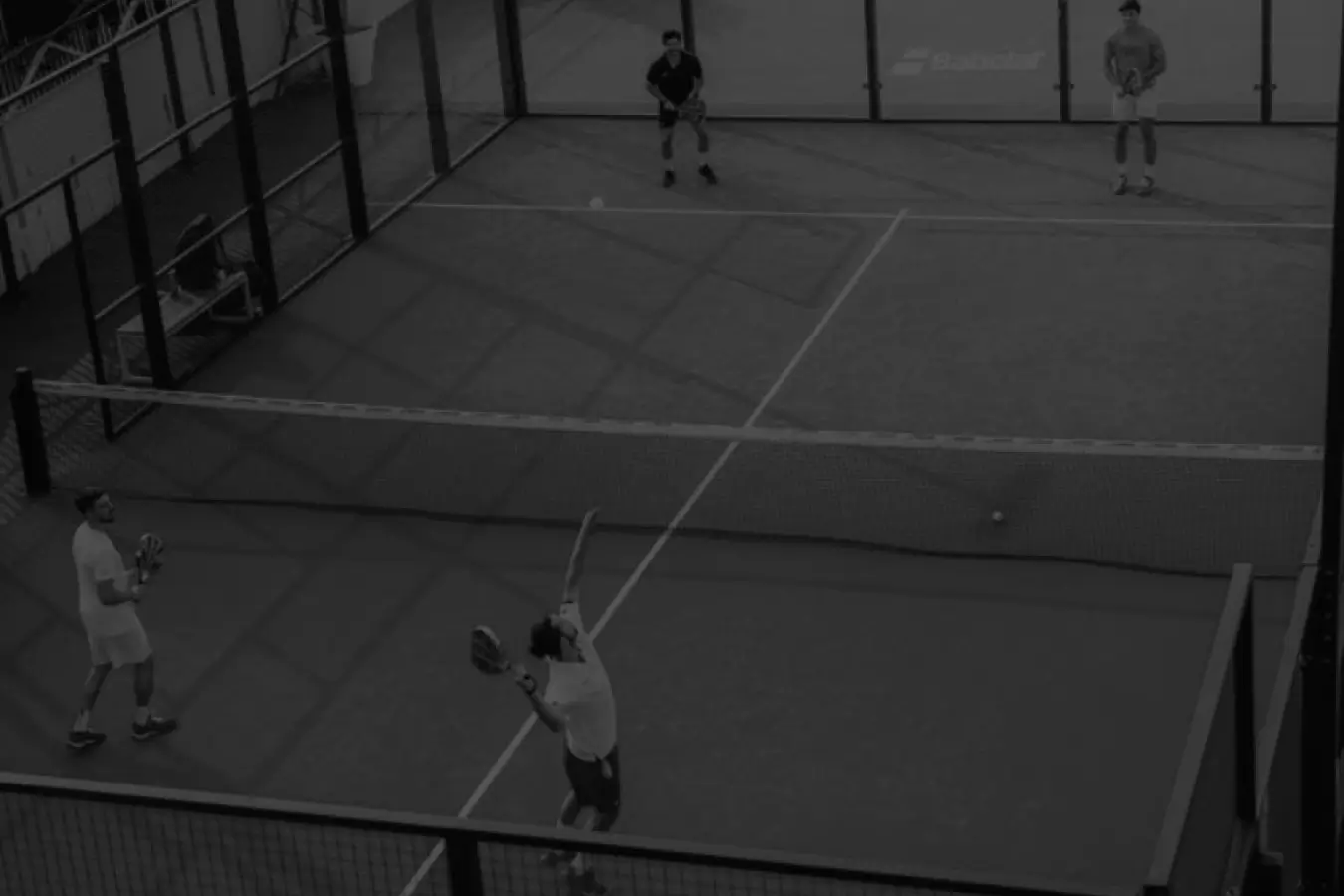
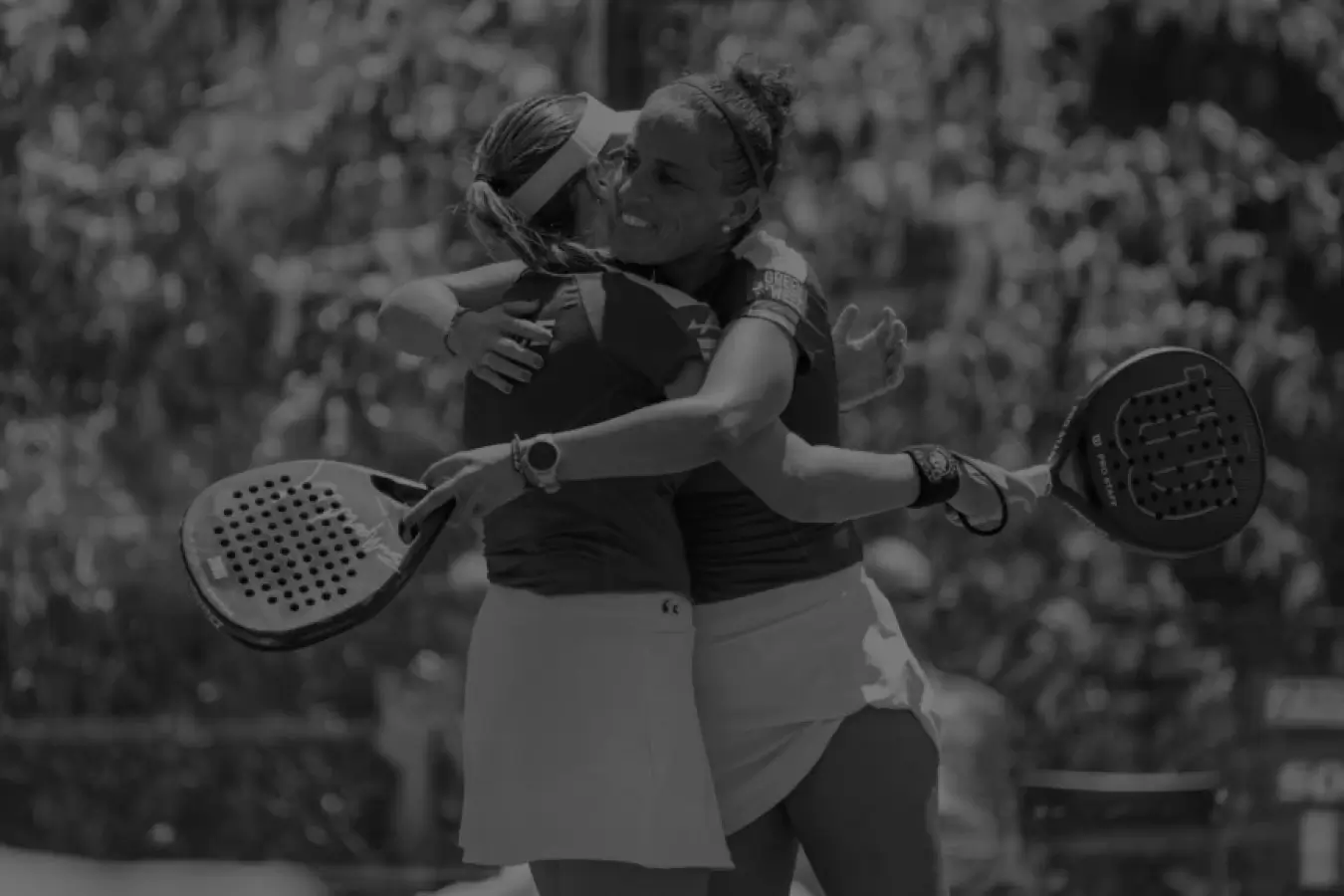
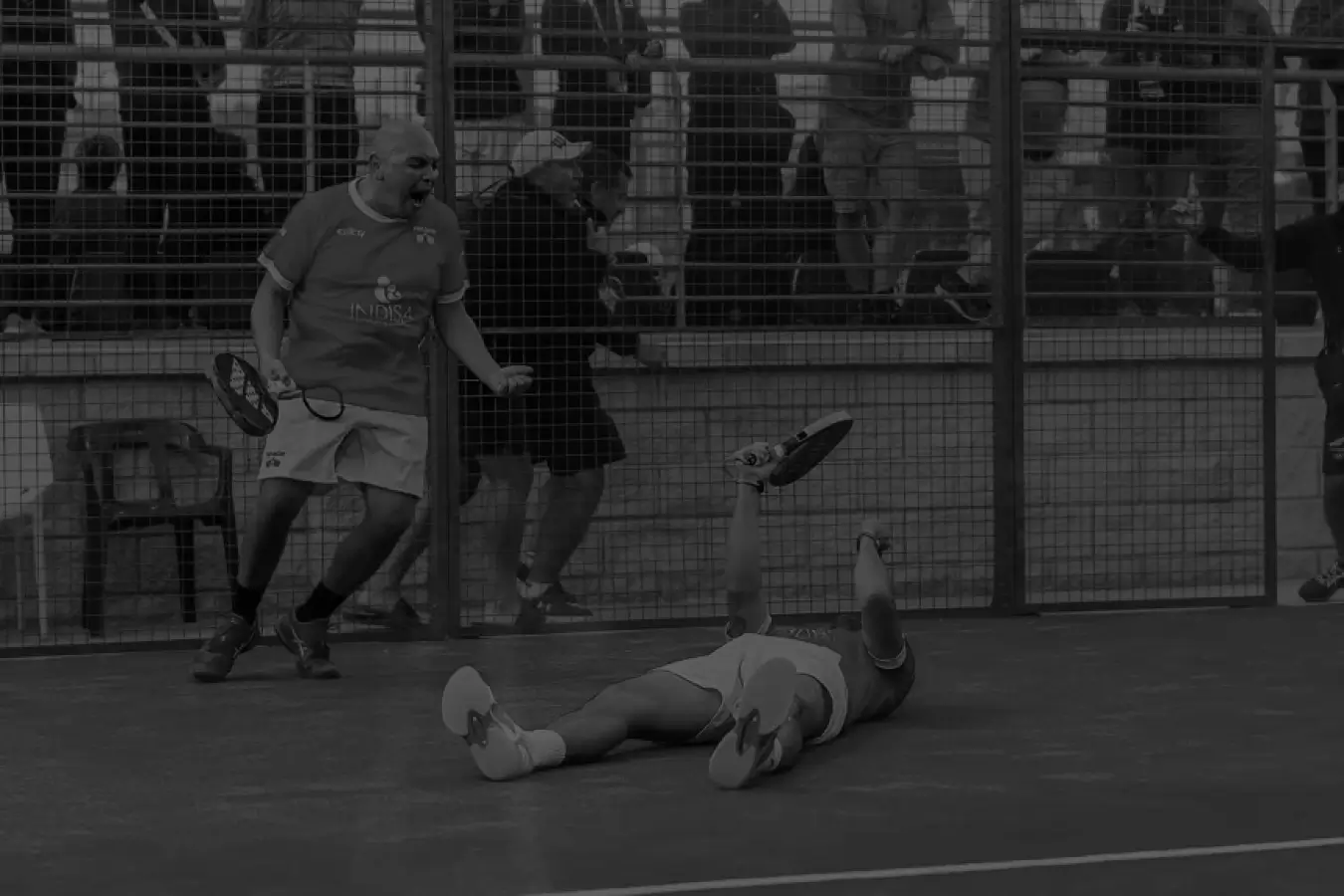
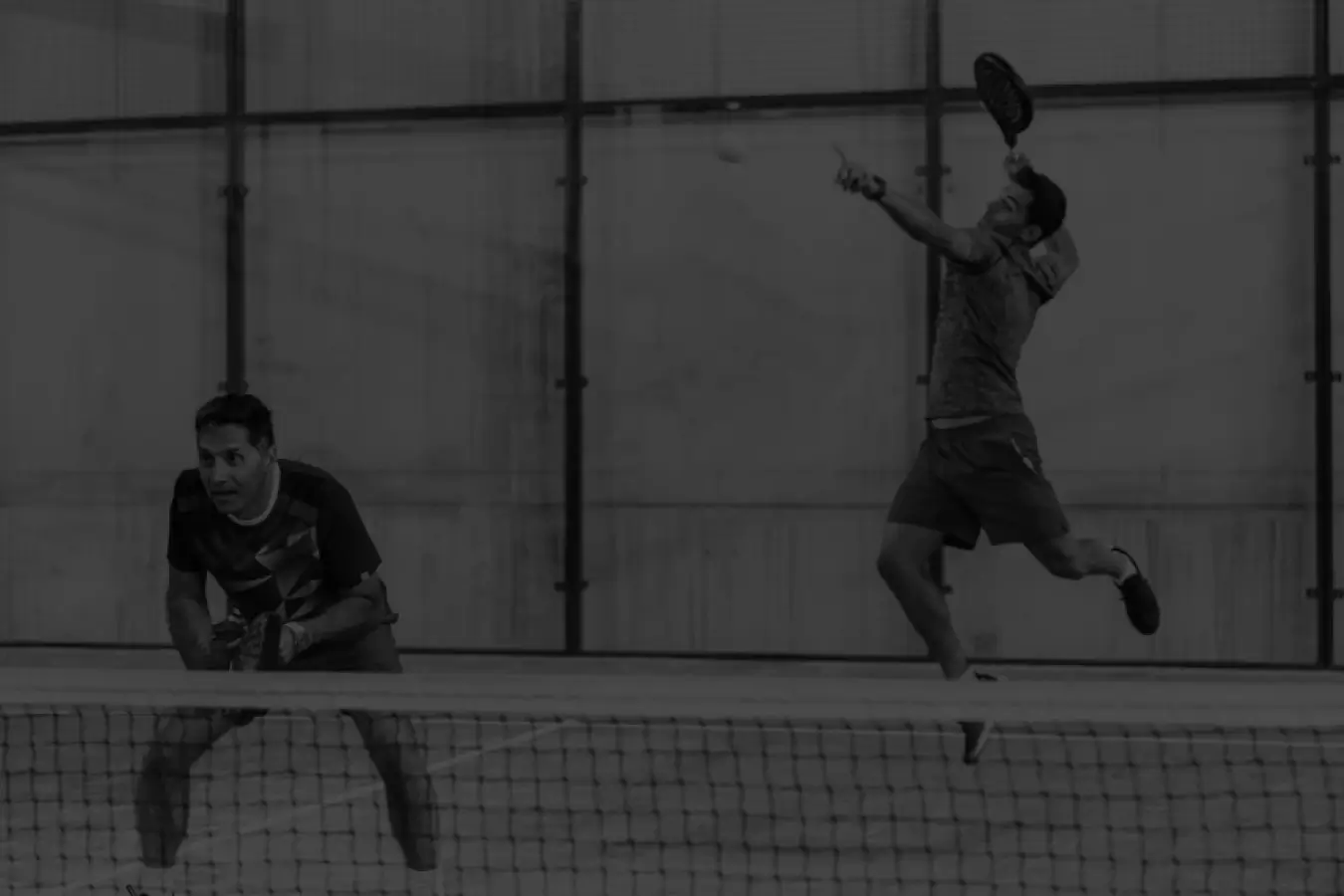
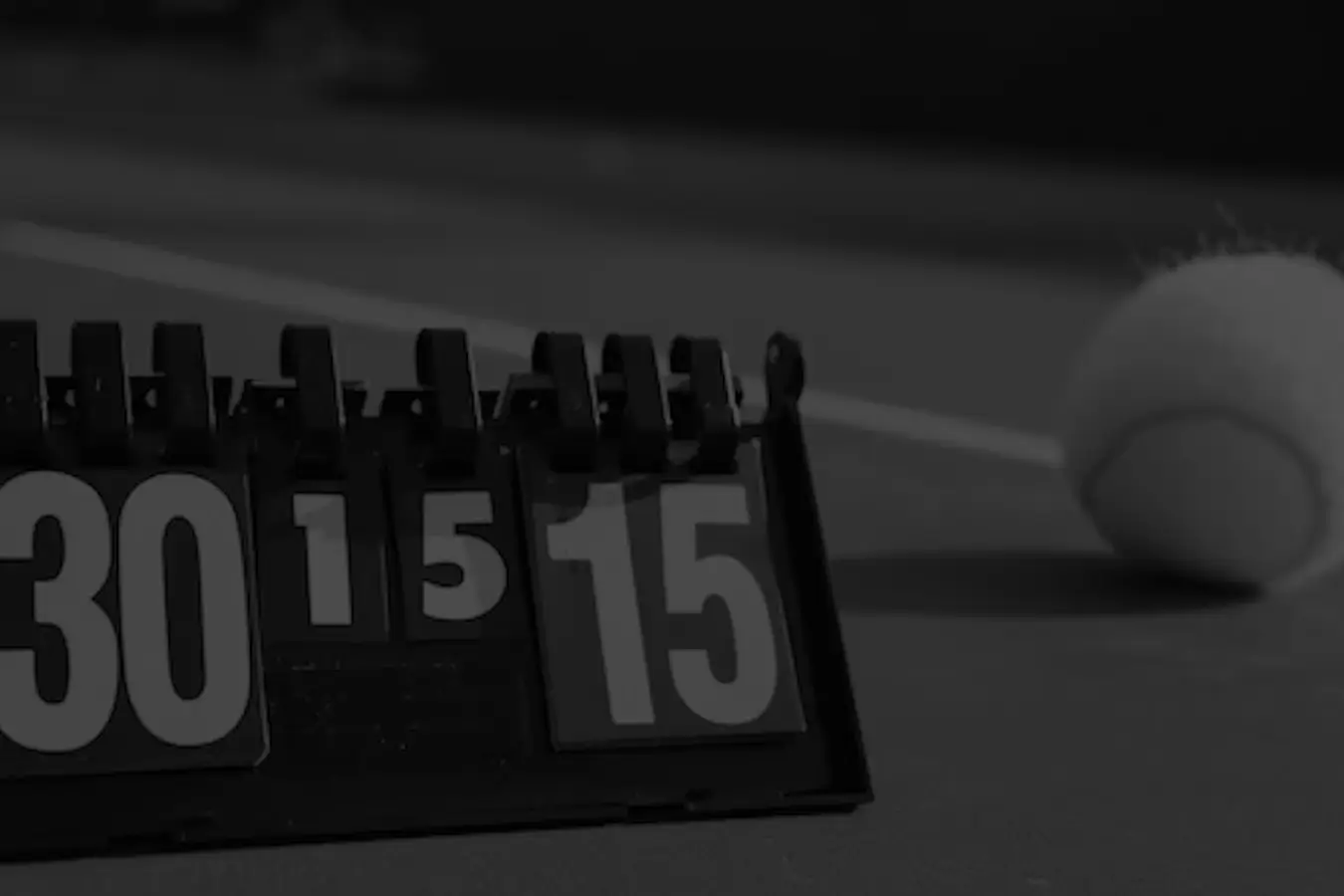
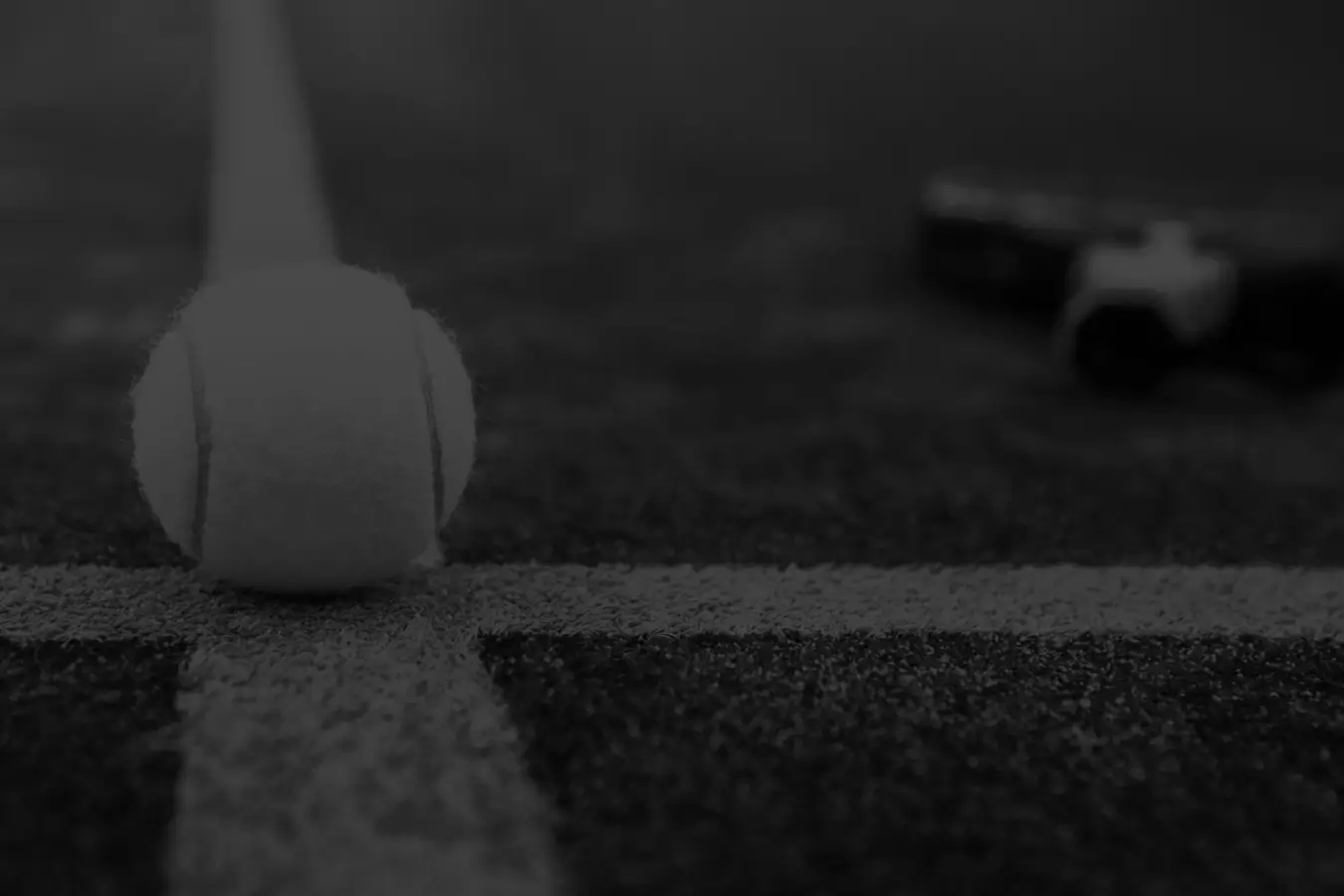
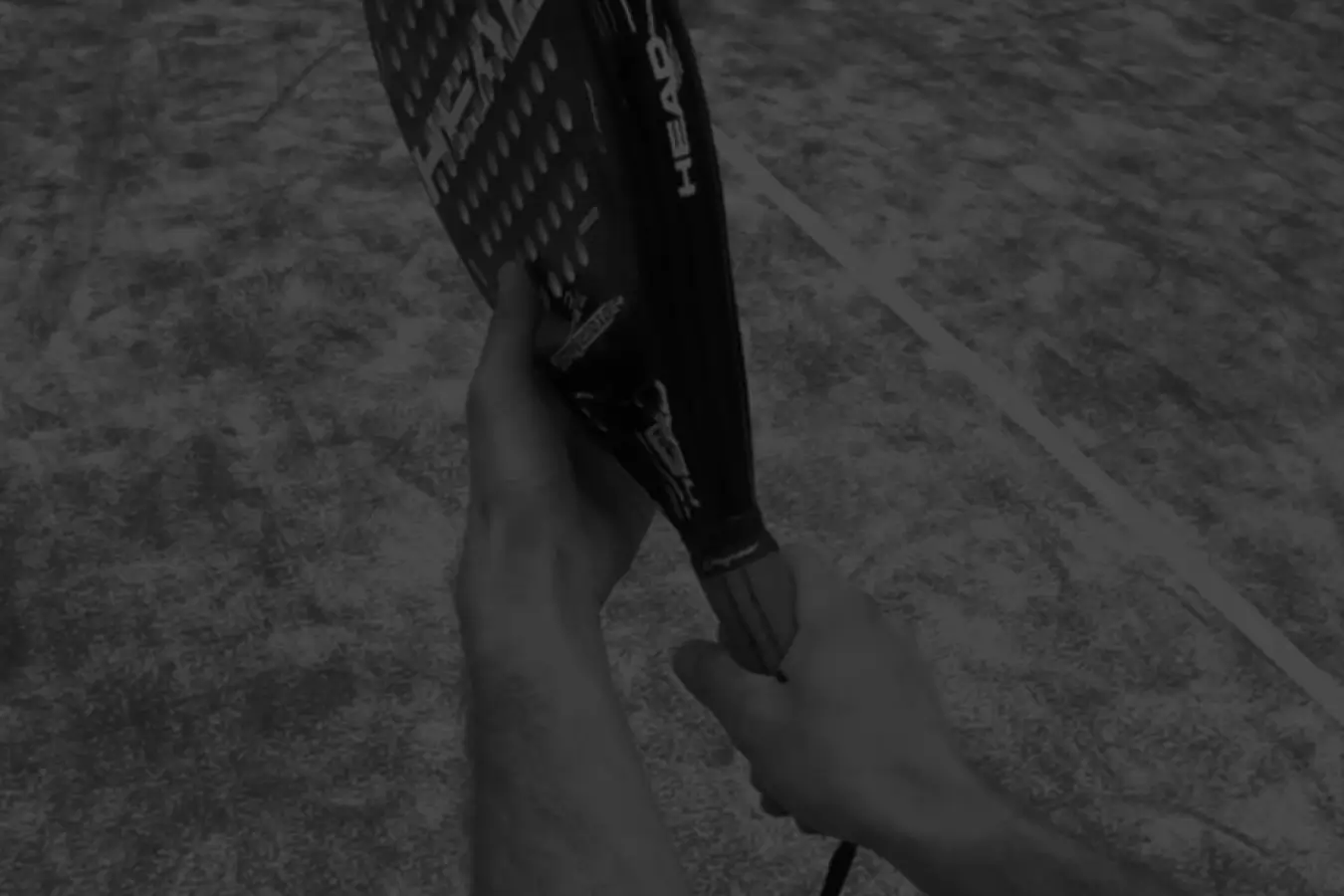
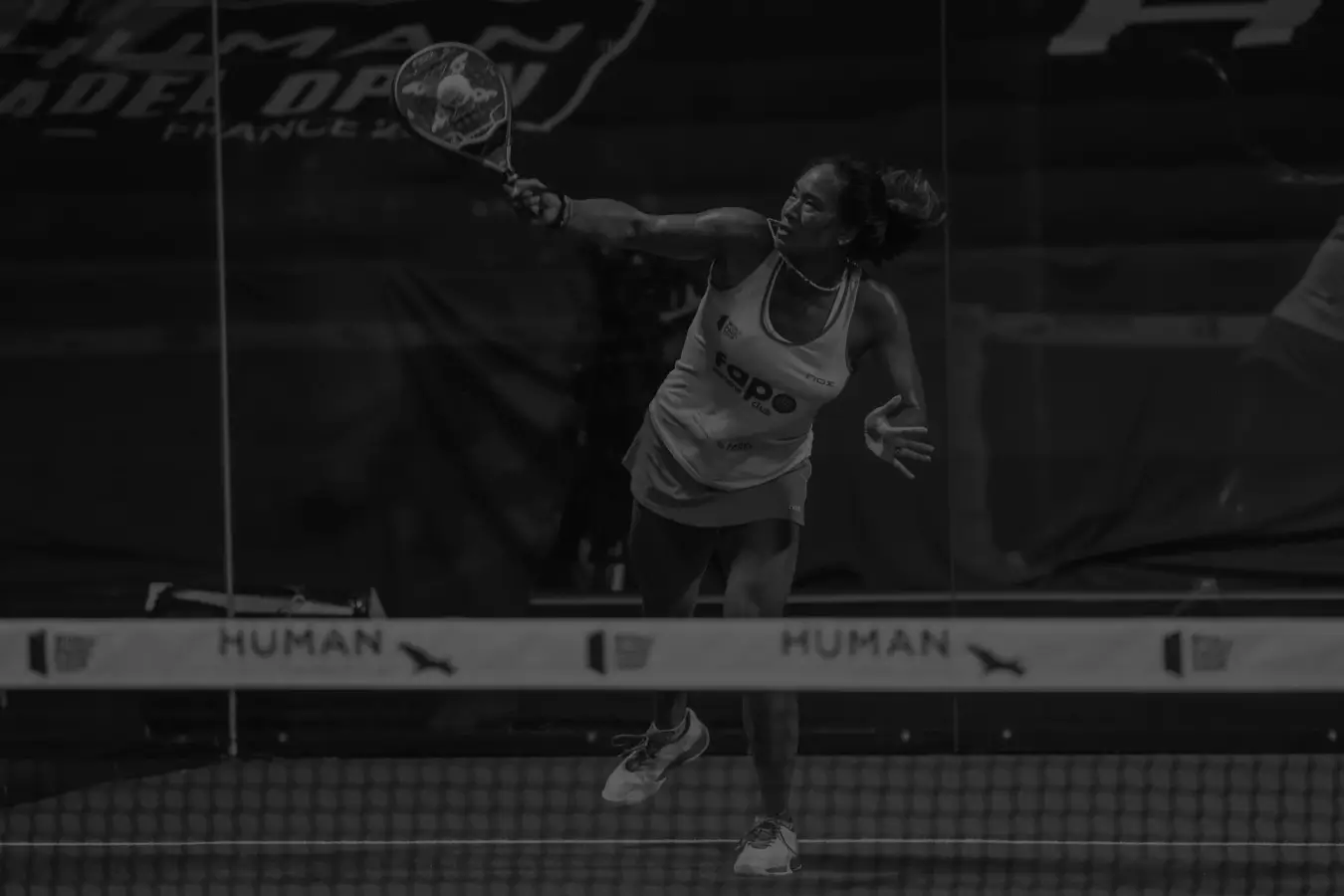
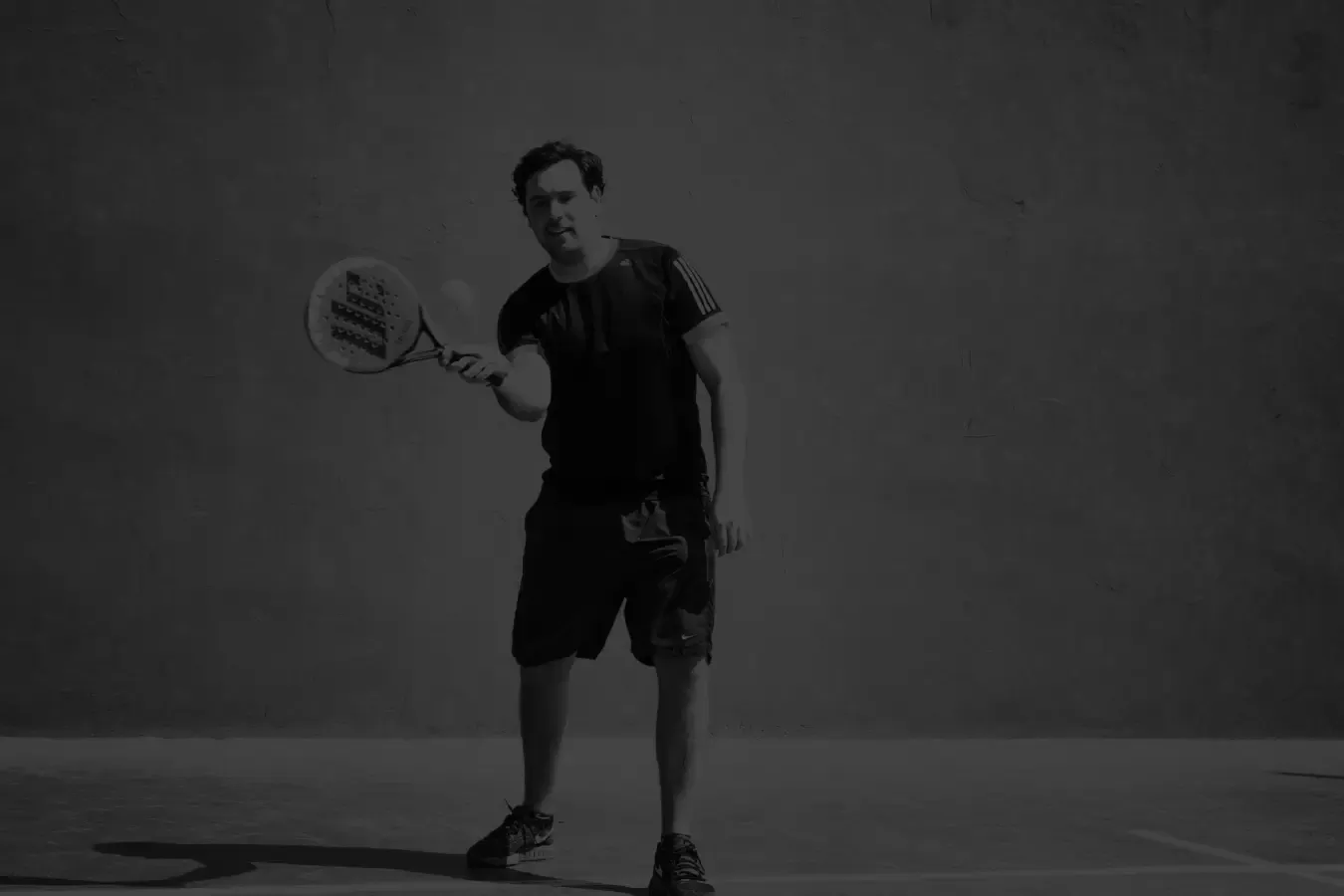
Discussion